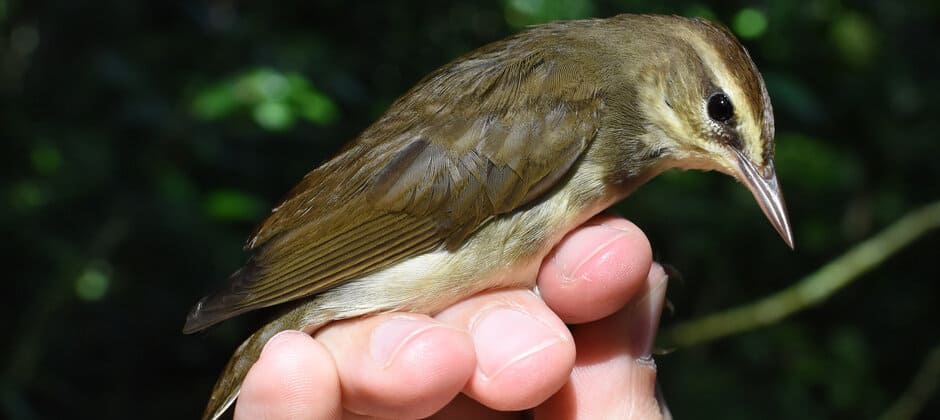Share this article
TWS2021: Palm oil plantations reduce migratory bird abundance
Mexican palm oil plantations in Mexico are associated with a lower diversity of birds migrating south from Canada and the United States for the winter.
Birds have been declining for decades—one estimate suggests more than 2.5 billion birds have been lost since 1970. But researchers haven’t always found clear reasons why, especially in the summer ranges of migratory birds in the north.
Samuel Lopes Oliveira, a PhD candidate in forest science at Michigan Technological University and TWS member, thought it may have something to do with their habitats in their winter range. He and his colleagues set out to see if oil palm plantations grown in many bird species’ southern winter habitats were affecting bird diversity.
These palm plantations produce oil used in products from chocolate candy to margarine and baby formula. Prime native forests are often cut down to make space for these monoculture palm plantations. That’s especially concerning as the plantations have been growing quickly across the world to meet demands.
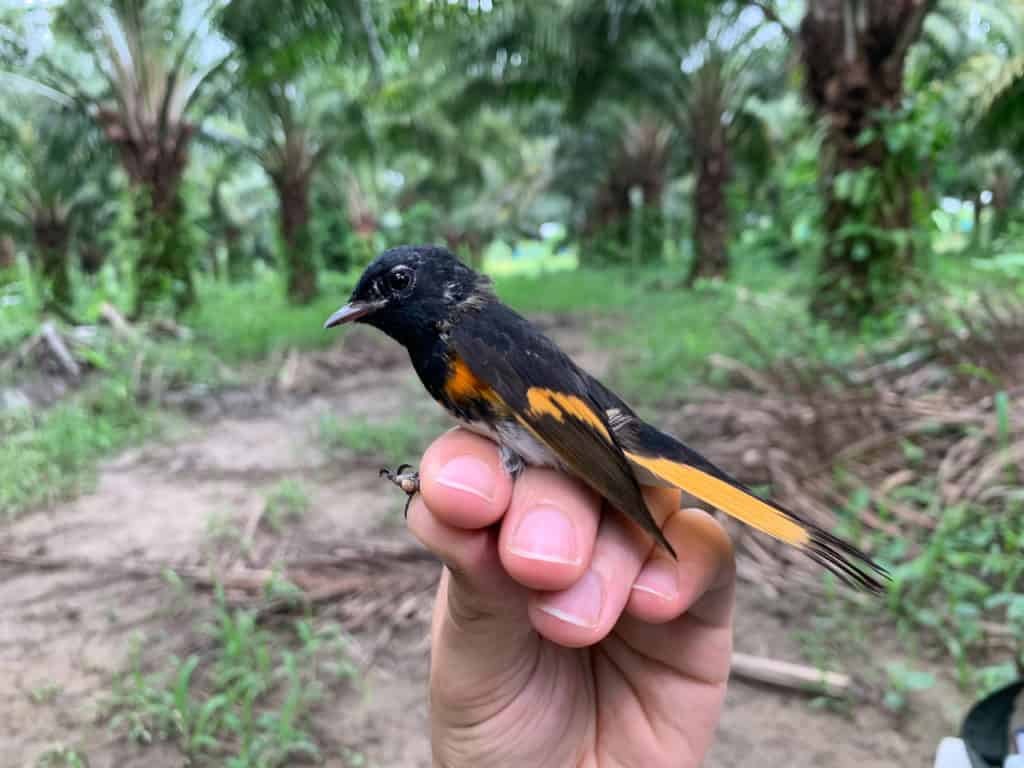
American redstarts are a generalist species found more often in palm oil plantations.
Credit: Samuel Lopes Oliveira
In research presented at The Wildlife Society’s virtual 2021 Annual Conference, Lopes Oliveira explained how his team surveyed birds in palm oil plantations and adjacent native forests in the state of Tabasco in Mexico.
In December 2017, the researchers set up mist nets in plantations and native forests, recording what kinds of trees were in all of the areas they studied. They also noted what the understory and canopy cover looked like for the next four to five months.
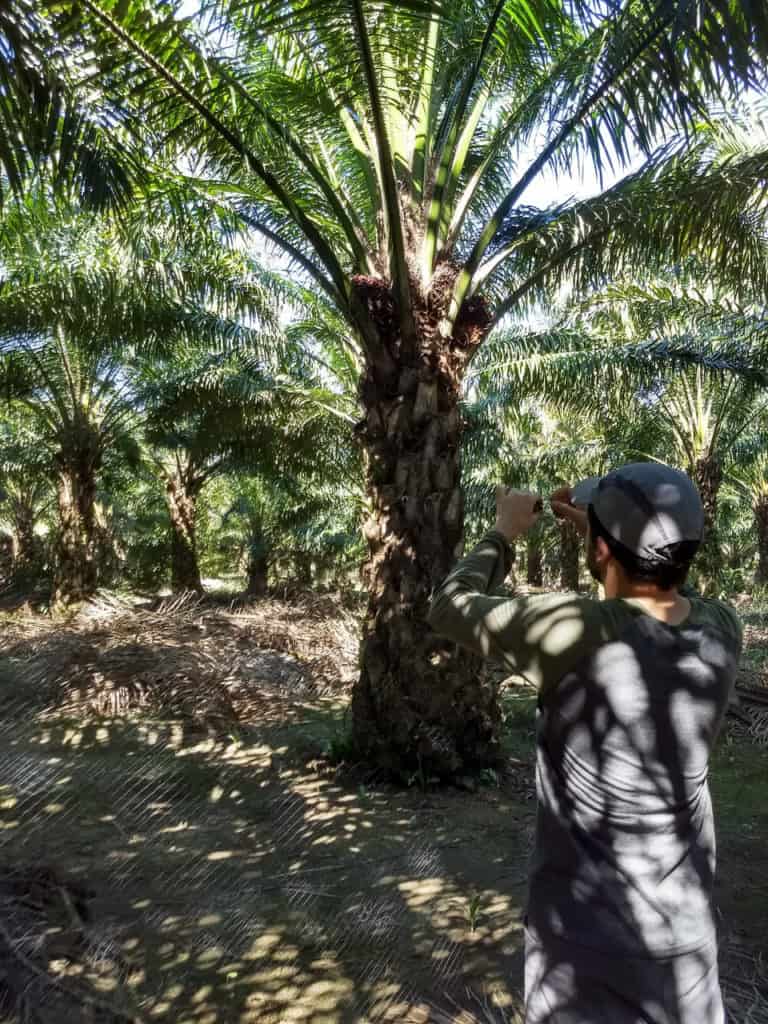
Samuel Lopes Oliveira at a mist net. Credit: Ingrid Tello-Lopez
The team found that, overall, the native forests had a higher abundance of birds than the palm oil plantations. This finding was contrary to previous studies that found the opposite. But Lopes Oliveira said that those studies relied on spot counts, where researchers stand in one spot and count birds they see or hear, rather than mist net surveys. By conducting spot counts, researchers can miss birds, he said, especially since the birds don’t usually make mating calls, which makes them easier to find, during the non-breeding season.
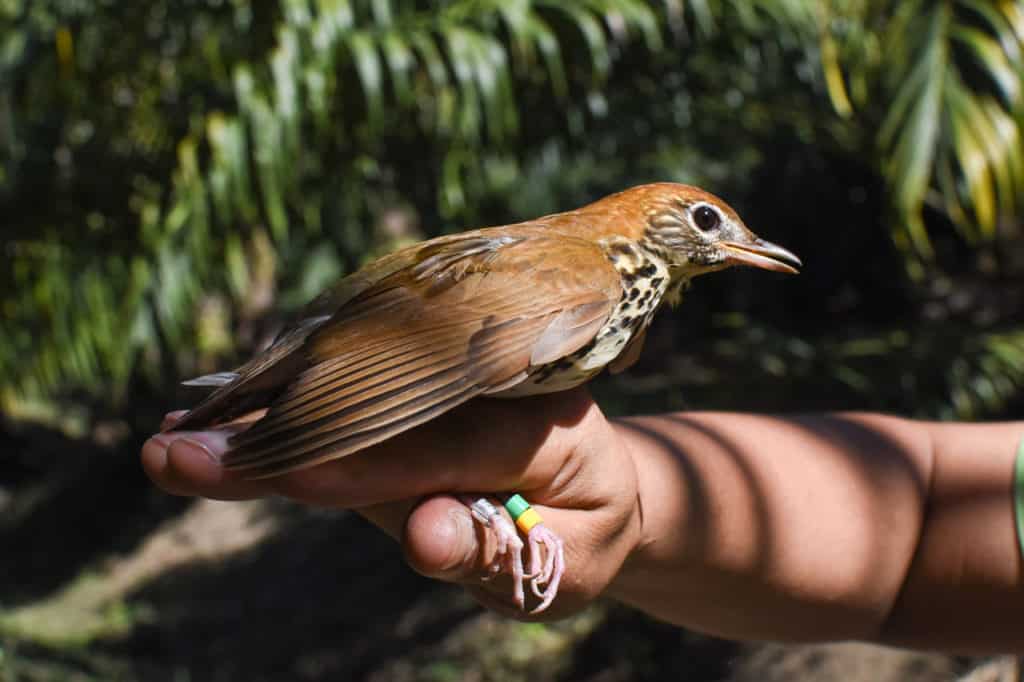
Wood thrushes were among the species found in both native forests and palm oil plantations, though they occurred more often in native forests. Credit: Samuel Lopes Oliveira
The same number of species were found in native forests as palm oil plantations, but the assemblages of species differed. Lopes Oliveira and his colleagues found more generalist species in the palm oil plantations such as American redstarts (Setophaga ruticilla), Magnolia Warblers (Setophaga magnolia) and yellow warblers (Setophaga petechia).
In native forests, they found more forest-dependent species and leaflitter specialists such as Swainson’s warblers (Limnothlypis swainsonii) and Kentucky warblers (Geothlypis Formosa).
“Most of these species were absent in oil palm plantations,” Lopes Oliveira said, adding that only a few forest-dependent birds like wood thrushes (Hylocichla mustelina) were found among oil palms.
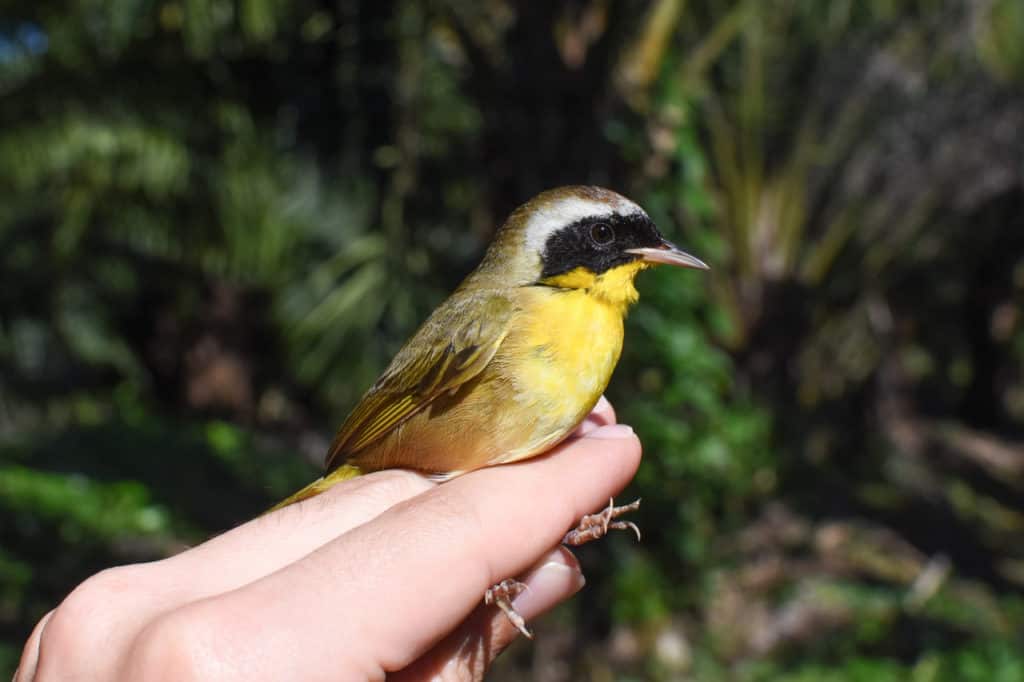
A common yellowthroat (Geothlypis trichas), found more often in palm oil plantations.
Credit: Samuel Lopes Oliveira
The researchers also found that not all palm oil plantations were created equal. Some of them left a few native trees standing among the palm trees, or didn’t clear out vegetation in their understory. These types of plantations often had a more diverse assemblage of birds than plantations that cleared all other trees.
“We recommend that [palm oil plantations] let this understory be protected or preserved to some degree,” Lopes Oliveira said.
In the future, he also suggested bird conservationists work with farmers to create a bird-friendly certification process that recognizes these plantations.
Header Image:
Swainson’s warblers are among the species that weren’t found often in palm oil plantations.
Credit: Samuel Lopes Oliveira



